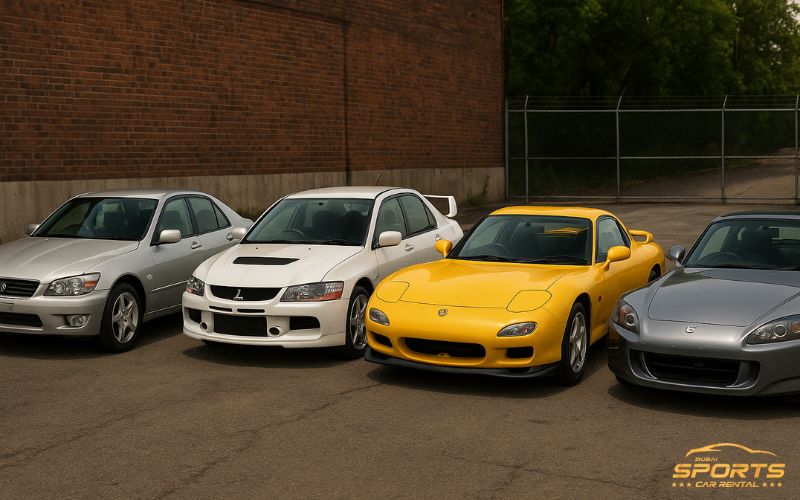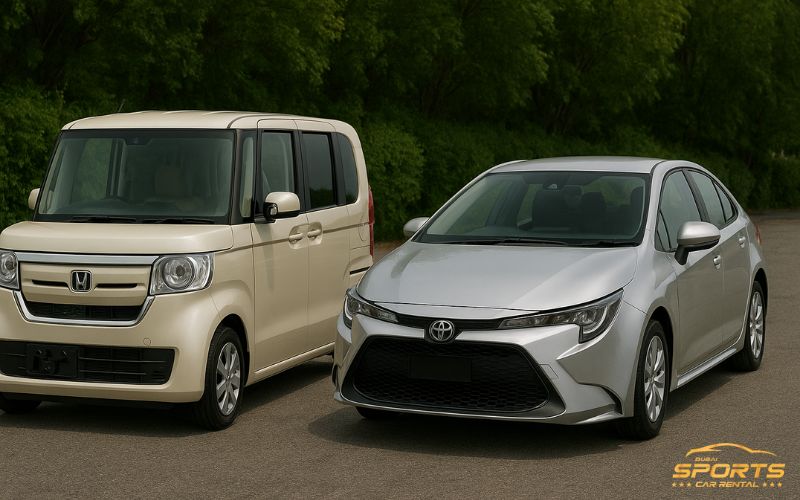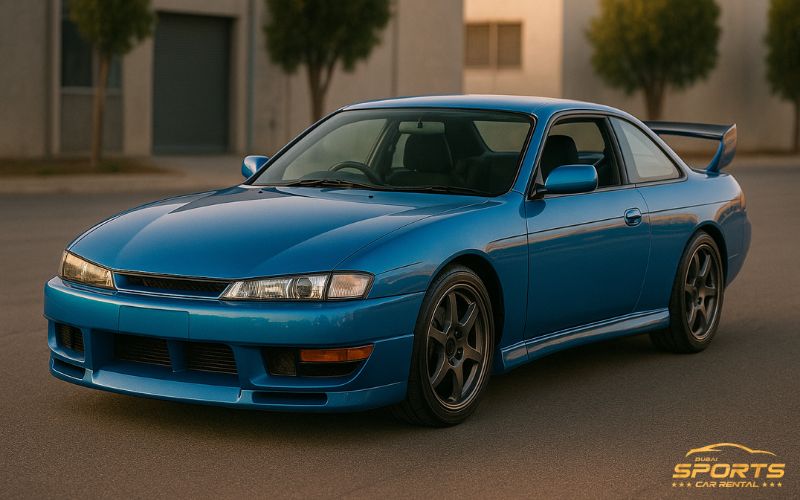Difference Between JDM Cars and Other Cars
| JDM Cars | Other Cars |
| Made for the Japanese market only | Made for export/other markets |
| Typically Right-Hand Drive (RHD) | Often Left-Hand Drive (LHD) |
| Meets Japanese regulations/standards | Meets local market regulations |
| Often unique designs, features | Designs suit local market tastes |
| Known for performance, reliability | Performance varies by market/model |
| Engines are often smaller, efficient | Engines can have more torque |
| High-quality parts often used | Parts quality can vary widely |
| Parts primarily fit Japanese models | Parts offer wider compatibility |
| Parts can be more expensive | Parts often cost less |
| Parts harder to find outside Japan | Parts are usually more available locally |
| Often lower average mileage used | Mileage varies greatly by region |
| VIN often begins with “J” | VIN varies by manufacturing country |
| Strong tuner culture appeal | Appeal varies depending on the model |
Popular JDM Cars in 2025

Popular Japanese cars can be categorized in two main ways: vehicles popular within Japan’s domestic market (JDM) and older JDM models popular for import into other countries, particularly those newly eligible under import rules like the US 25-year rule.
Popular JDM Models for Import
- Nissan Silvia S15: The final S-chassis model, highly anticipated by drift enthusiasts and collectors, especially the Spec R trim with the SR20DET engine.
- Nissan Skyline GT-R: Particularly the R34 generation, remains a legendary and sought-after performance import.
- Toyota Altezza RS200: The JDM version of the Lexus IS300, valued for its high-revving 3S-GE BEAMS engine.
- Mitsubishi Lancer Evolution: Later models like the Evo VI Tommi Makinen Edition and Evolutions IV through IX are popular rally-bred imports.
- Toyota Supra (JZA80): Known for its 2JZ-GTE engine, it is a highly sought-after JDM performance icon.
- Mazda RX-7: Particularly later models like the Spirit R, known for its rotary engine and appreciating value.
- Honda S2000 (Early AP1): Early models of this popular roadster are becoming eligible for import.
Other imports Include the Toyota Chaser Tourer V (JZX100), Honda NSX, Subaru WRX, and the Suzuki Cappuccino.
Best-Selling Cars Within Japan

These models reflect current consumer preferences within the Japanese domestic market, often favoring smaller, more efficient vehicles:
- Honda N-Box: Consistently the top-selling vehicle in Japan.
- Toyota Yaris (including Yaris Cross): Ranks second in sales and is gaining popularity.
- Suzuki Spacia: Holds the third position in sales rankings.
- Toyota Corolla (including Corolla Cross): Remains a strong seller, ranking fourth.
- Daihatsu Tanto: Showed significant sales growth, entering the top five.
Other top sellers include the Toyota Sienta, Honda Freed, Nissan Note, Toyota Alphard (also popular as a premium import MPV elsewhere), and Daihatsu Move. Moreover, some current Japanese brand models are popular in specific international markets, like the Toyota Crown and the Honda Accord.
Also Read: Is Jetour a Good Car
Challenges of Importing JDM Cars to Other Countries
- Navigating complex and country-specific import regulations and compliance.
- Dealing with high import costs, including duties, taxes, and fees.
- Finding specific, often non-interchangeable, replacement parts locally.
- Locating mechanics with specialized knowledge for maintenance and repairs.
- Risking hidden damage or misrepresentation when buying sight-unseen.
- Experiencing potential delays during shipping, customs, and inspections.
- Facing limited or no warranty coverage in the destination country.
- Potentially encountering fraudulent sellers or brokers during the process.
Final Words About the GDM Car
JDM cars, designed exclusively for Japan, hold a special allure globally, particularly iconic performance imports like Skylines and Supras. While modern Japanese best-sellers often prioritize efficiency, the pursuit of classic JDM legends rewards dedicated enthusiasts with unique styles despite import hurdles involving regulations, costs, and parts sourcing.



